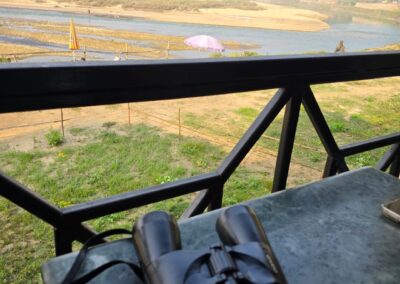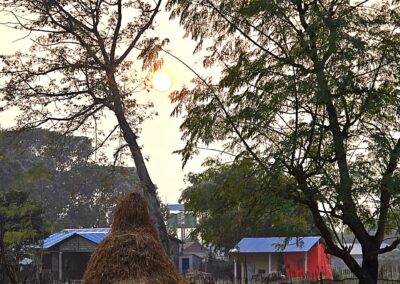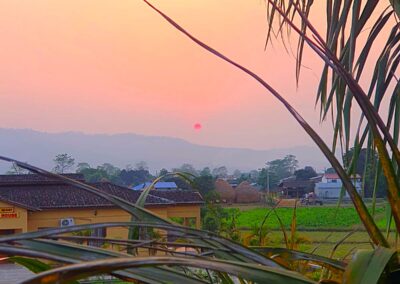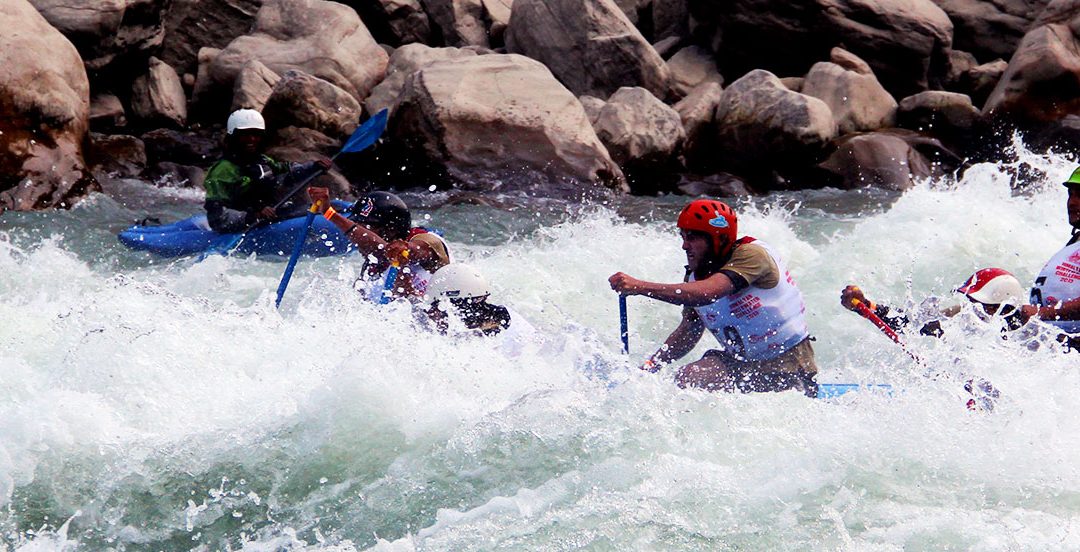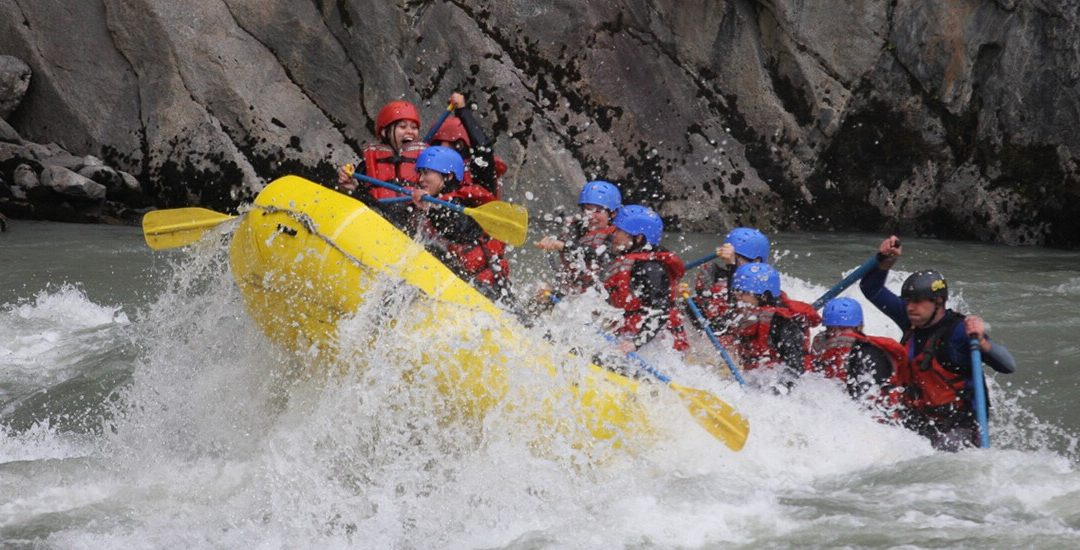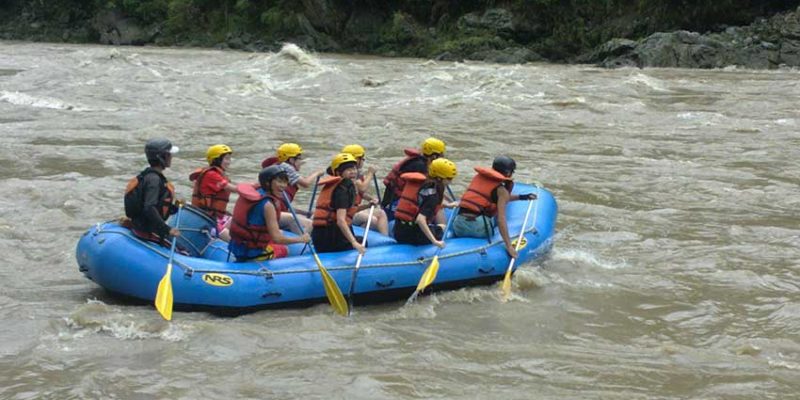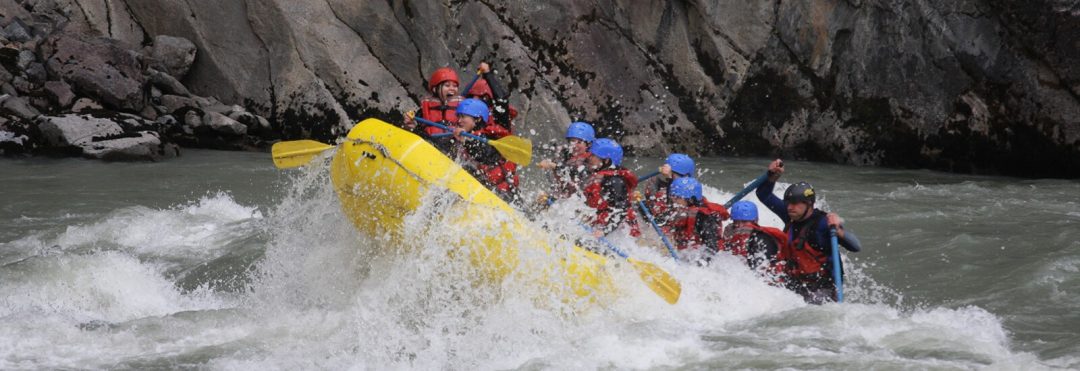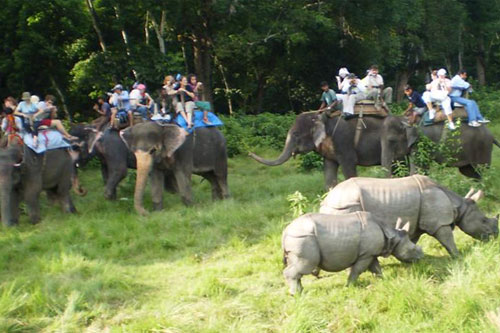Wildlife adventure in the heart of Nepal
Chitwan National Park was declared a national park in 1973 and designated a UNESCO World Heritage Site in 1984. Chitwan National Park is Nepal’s premier destination for wildlife lovers and nature enthusiasts. Located in the subtropical lowlands of southern Nepal, the park spans an area of 932 sq. km and offers one of the best jungle safari experiences in Asia.
INFORMATION
Destination
Nepal
Region:
Chitwan
Difficulty:
Easy Tour
Trip No:
SR 154
Grade:
A
Age Group:
Suitable for all age group.
Included
Program
Total days in Nepal 7 days (4 days safari)
.
Why Choose Chitwan National Park?
Chitwan is the ultimate wildlife destination in Nepal, renowned for its rich biodiversity and well-preserved ecosystems. The park is home to an impressive 56 species of mammals, including the rare one-horned rhinoceros, the elusive bengal tiger, leopards, sloth bears, wild elephants, striped hyenas, gangetic dolphins, and wild bison. A recent study revealed that over a third of Nepal’s tigers reside within the boundaries of Chitwan.
It’s not just mammals—Chitwan boasts more than 500 species of birds, 150 species of butterflies, 126 species of fish, and 47 species of reptiles, making it a true haven for biodiversity.
Chitwan is easily accessible by both air and road. Daily flights from Kathmandu to Meghauli or Bharatpur take about 25 minutes. Alternatively, you can take a scenic 200 km drive from Kathmandu or Pokhara, which takes about 5 to 6 hours.
A Journey Through Culture and Nature
The park’s landscape features dense sal forests, tall grasslands, floodplains, oxbow lakes, and gently rolling hills, providing a perfect environment for both wildlife and peaceful exploration. But Chitwan isn’t just about the animals—it’s also a cultural journey. Visitors can explore Tharu villages, experience traditional dances, and learn about the indigenous way of life that has coexisted with the forest for generations.
.
Highlights of the Tour
- Jungle safari by jeep or on elephant back
- Birdwatching in one of Asia’s finest habitats for migratory and native species
- Canoe rides along the Rapti or Narayani rivers
- Cultural encounters with the Tharu community
- Nature walks and guided jungle tours with expert naturalists
- Chance to spot Bengal tigers, rhinos, elephants, and more
.
Best time to visit
- October to February: Ideal time to visit, with pleasant temperatures around 25°C
- March to June: Hot and humid, but good for tiger sightings
- July to September: Monsoon season; rivers swell and parts of the park may be inaccessible
.
Gears checklist:
- Lightweight, breathable clothes (neutral colors like beige, green, brown – avoid bright colors)
- Long-sleeved shirts & long pants (for protection against sun, insects, and branches)
- Hat or cap (for sun protection)
- Light jacket or fleece (mornings and evenings can be cool, especially in winter)
- Rain jacket or poncho (if visiting during monsoon: July–September)
- Comfortable walking shoes or trekking sandals
- Insect repellent (DEET-based, to protect from mosquitoes)
- Sunscreen
- Face mask and hand sanitizer
- Binoculars (for bird watching and spotting wildlife)
- Flashlight or headlamp (especially useful at night)


